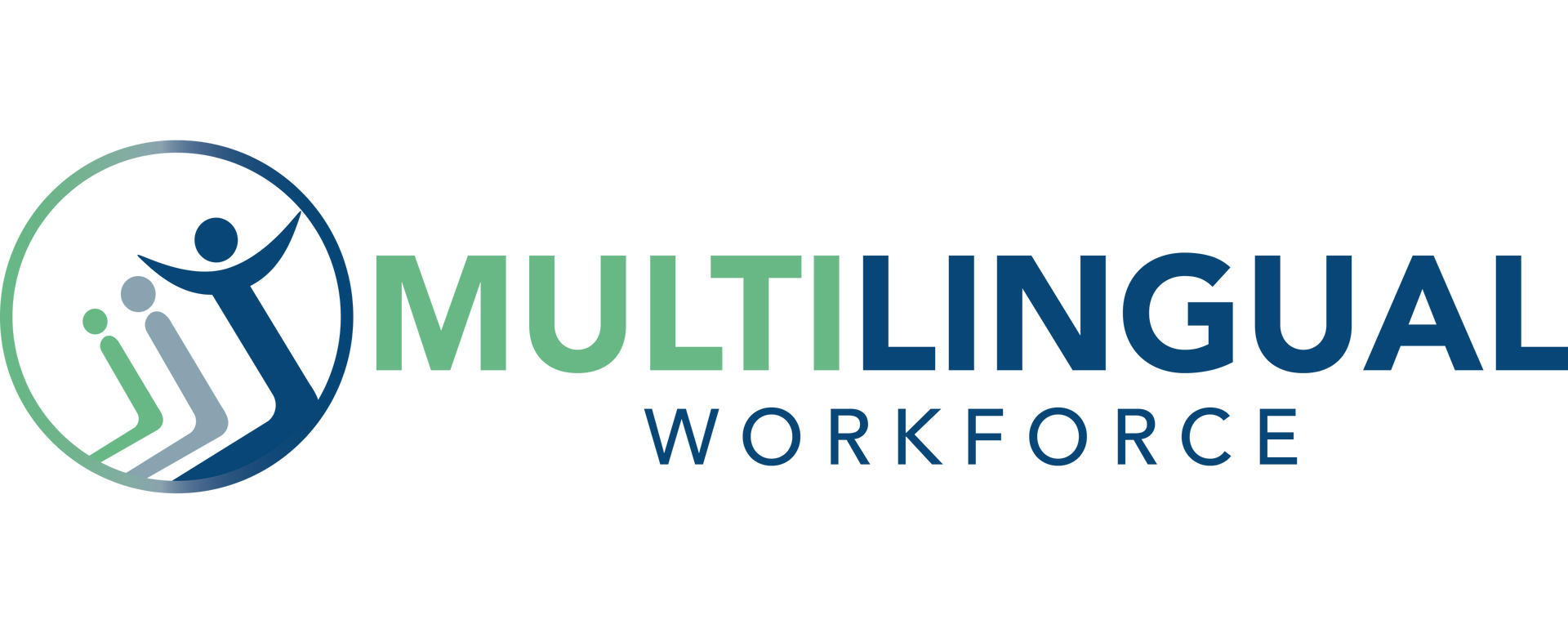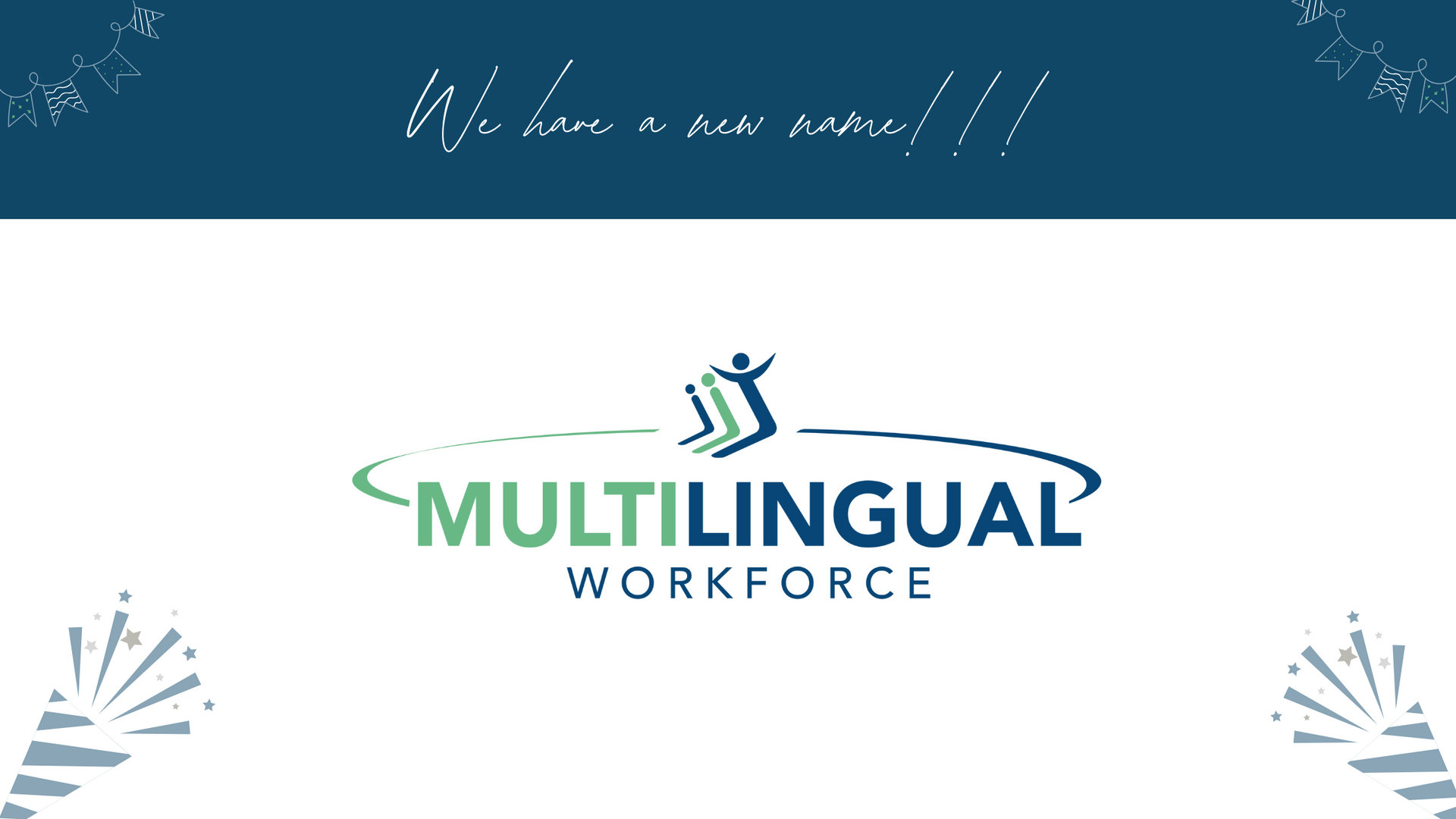Help! I hired someone who doesn’t speak English!
“OK, Sure. We just need employees.”
If you’ve been struggling (like many employers) to find employees, you may have relaxed some of the requirements for new hires. High school diplomas, job experience, or English language proficiency. If you’ve changed the requirements around the ability to speak and write in English, you may be facing some new challenges.
“Hmm, I’m not sure how to handle this one.”
Many individuals coming from other countries have come to the United States to seek better opportunities for themselves and their families. Coming from less-privileged societies often means they know how to work hard and stick to a job. Many immigrants make excellent, dedicated employees. However, the language barrier creates additional challenges for employers. Limited language proficiency can lead to challenges such as miscommunication with supervisors or coworkers, more frequent errors on the job, cultural misunderstandings, and safety risks or accidents. Have you experienced any of these?
“Aren’t there free ESL classes in the community?”
Employers have traditionally looked to local community colleges or government-funded nonprofits to provide the language learning opportunities that their employees need. However, most adults, especially working adults, who need to learn English don’t have access to language instruction. According to the Migration Policy Institute, less than 4% of adult immigrants and refugees have access to language instruction. Most ESL classes are offered during work hours, and attending evening classes is challenging because of childcare, family obligations, or transportation.
ESL programs offered at community colleges usually focus on academic skills, such as test-taking skills or reading and writing skills. These programs focus on preparing students for further education. Other government-funded ESL programs often focus on skills needed in the community such as talking to a doctor or reporting problems to a landlord. These are valuable skills, but not directly correlated to the challenges you are facing on the floor. Also, government-funded programs are often limited in the instruction they can provide due to standards and other requirements from the state.
Online ESL programs are becoming more popular and are meeting some of the needs. However, online instruction will not provide employees with the same real-world skills that an in-person class is able to offer. Face-to-face interaction is invaluable to language learners.
For all these reasons, employees who need language development are not receiving the instruction they need to equip them to improve their job performance. And employers are still faced with the same challenges.
“So, what can I do?”
One of the best ways to deal with these challenges is to offer an onsite ESL program for employees. An in-person ESL class can be customized and can provide your employees with the language and skills they need specifically for the job they do. And the good news is there are grant programs in place to help you cover the cost of ESL training (WedNET funding.)
“What would that look like?”
With a workplace-focused ESL class, employees can learn the language skills they need to communicate with their supervisors or coworkers. A good workplace ESL program will teach employees how to ask questions when they don’t understand something and the cultural expectations of a U.S. workplace. It will also teach employees about workplace safety, helping them to understand signs and the importance of following safety protocol.
Typically, employers offer ESL classes around the same time as shift changes. Often the class is one hour on the clock and one hour off the clock. Although, some employers have seen the benefit of offering the class to employees and are willing to pay employees for the whole time they are in class.
“But what about the cost?”
By offering your employees an opportunity to improve their language skills, you will build loyalty and appreciation for your company, which will improve retention rates. Also, many other cultures are more closely interconnected with each other. If your employees are happy and feel appreciated and supported, they will bring other friends and family members as well (taking care of that labor shortage issue you’ve been dealing with.)
So while it may require an investment on your part, the benefits will more than cover the cost. Increased retention, lower error rates, and decreased safety incidents are all high-dollar savings. And don’t forget, you may even be able to get grant money to cover the cost of the training.
“Where do we start?”
If this is something you believe would benefit your company, give us a call. We offer a language audit for companies that are unsure of what would benefit them the most. Our language audit will evaluate the language proficiency of your employees and the level of English required to do the work.
And if you decide to offer a workplace ESL class, we’ve got you covered.
Our training focuses on the skills needed on the job, such as asking and answering questions, safety in the workplace, and communication with supervisors and coworkers. We can customize the training as needed.
You can overcome the challenges you are facing with this group of employees. Get the support you need and you’ll be on your way to having a dedicated and skilled workforce.












